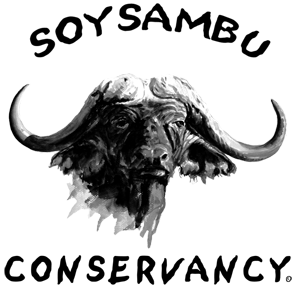BY DUNCAN ODUOR
oukoduncan@yahoo.com
Rivers have always been potent symbols of time and change, shifting shape as they travel from the mountains to the lakes. Fast- flowing streams dominate their upper parts, growing larger and slower as they descend toward wetlands and the coasts. It is amazing that no two rivers are exactly alike. Climate, geology chemistry of the rivers and the contours of the land all determine a river’s characteristics and the varieties of life that it supports. As a rule, large fish can be found in deep, slow-moving waters of main river channels. Smaller species inhabit the shallower headwater streams. Other species native to arid regions have adapted to periods when rivers run dry or are reduced to a few standing polls until the next rainy season. Floodplains and wetlands harbor the greatest number of species .Renewed each year with river-borne nutrients, they plants, insects, worms, and other invertebrates which in turn attract large numbers of fish, mammals and birds to feed and breed. Throughout the world, rivers and wetlands play similarly vital roles in people’s lives providing shipping routes, hydropower, recreation, jobs, and food and provide drinking water. Rivers and other wetland fisheries often provide the only source of animal protein for people in most parts of Africa and developing world, particularly the rural poor who turns to fishing when they cannot find jobs. In some parts, farmers are also involved at least part time in fishing activities to augment their family food supplies and incomes.
Over time, humans have heavily altered waterways to fit their needs by building dams, levee and canals. Other harmful practices which today are unfortunately widespread, include draining wetlands, over-abstracting water for agriculture, polluting rivers with fertilizer, dumping wastes, over harvesting of fish and introducing non-native species. These threats pose major challenges to conservationists who nonetheless are making progress.
World leaders officially recognized the value and vulnerability of wetlands in 1971, when 158 nations signed a conservation treaty specifically aimed at protecting the wetlands. Over 1828 wetland sites covering over 169million hectares of both coastal and fresh water wetlands have been designated as under the Ramsar Convention. Conserving a river is a more daunting task because they cannot be fenced. Protecting rivers requires a range of coordinated efforts influencing activities on adjacent land such as zoning rules limiting land users, regulating pesticides on nearby farms, planting and maintenance of trees and other vegetation along the riverbanks.





















